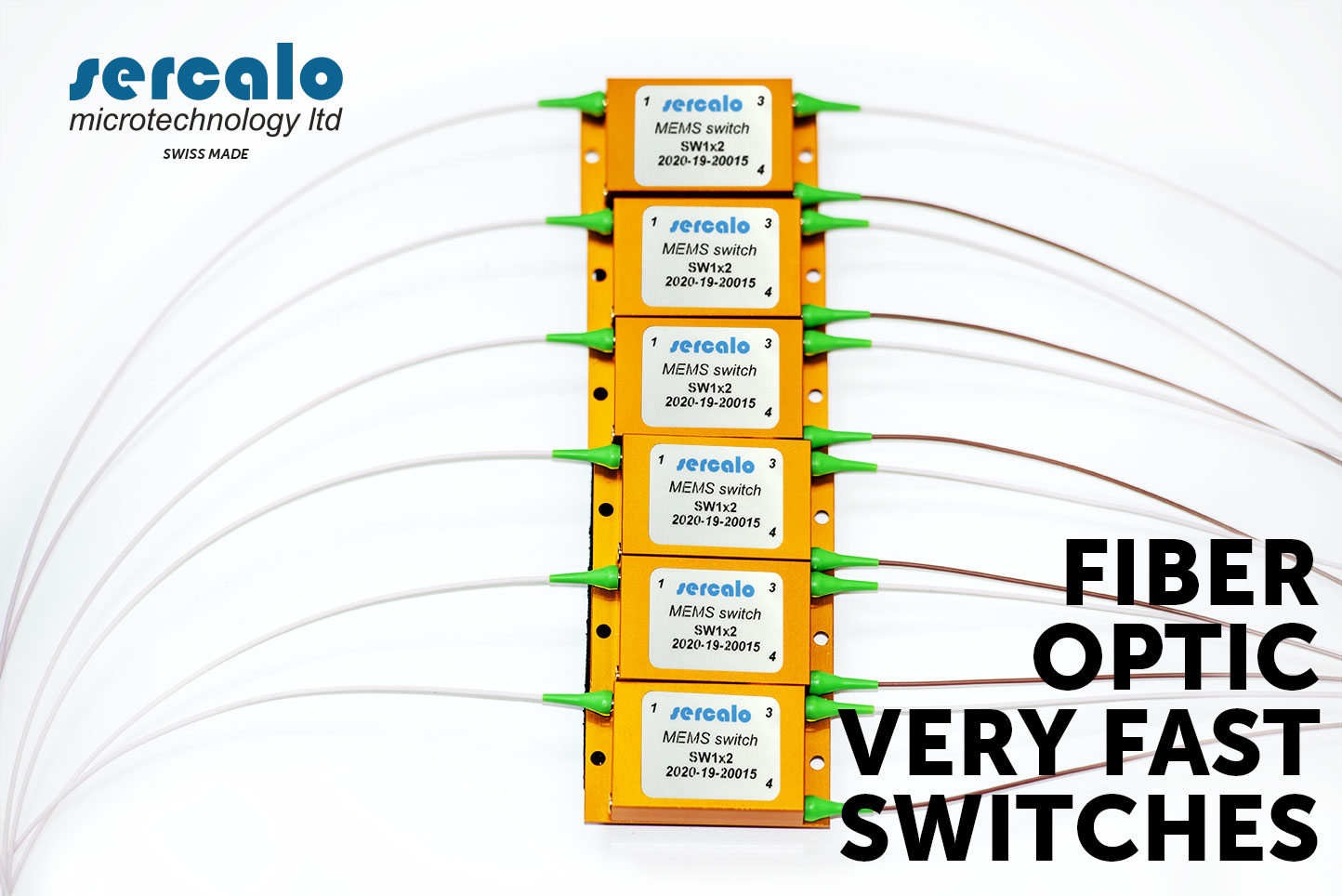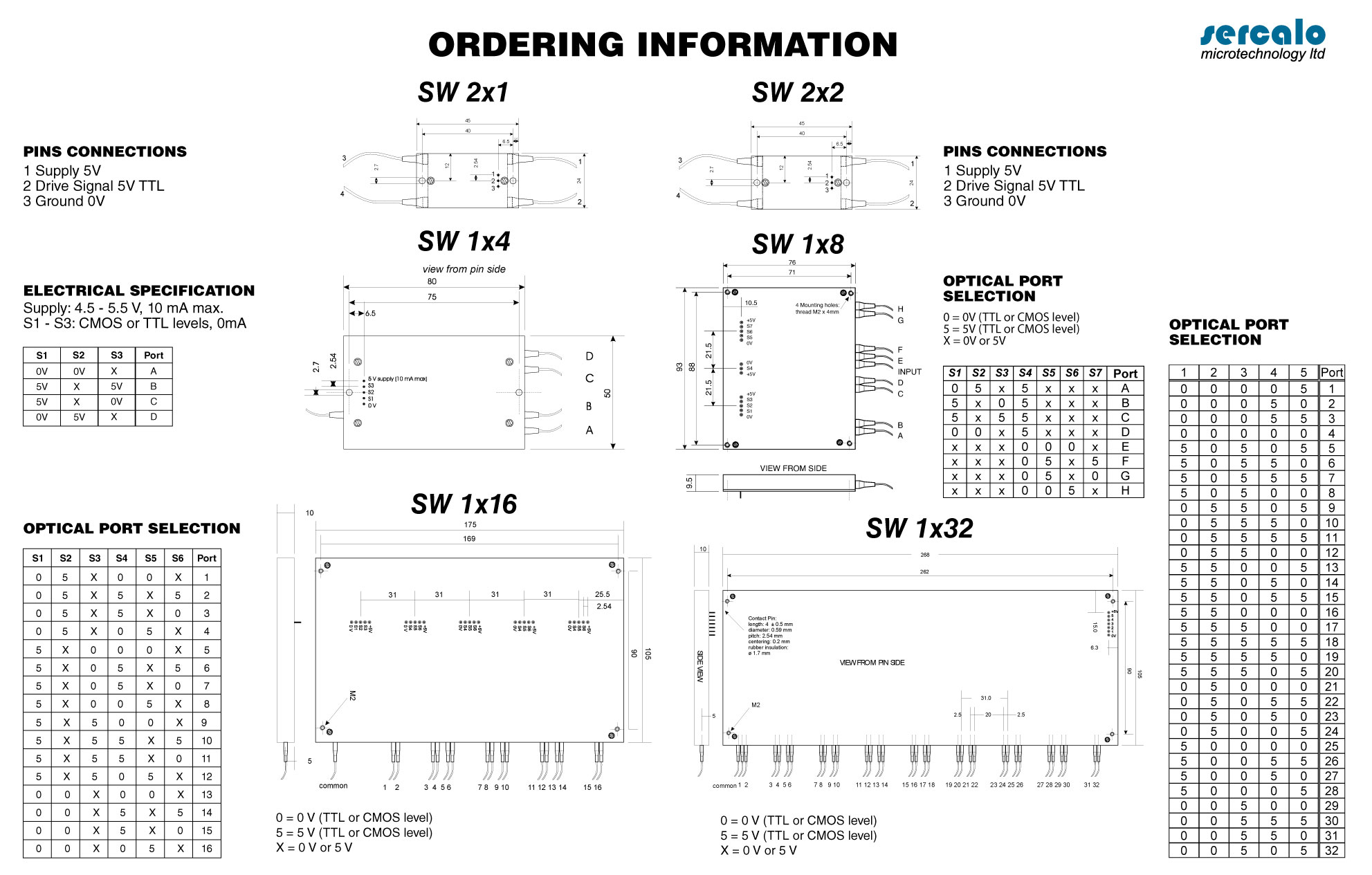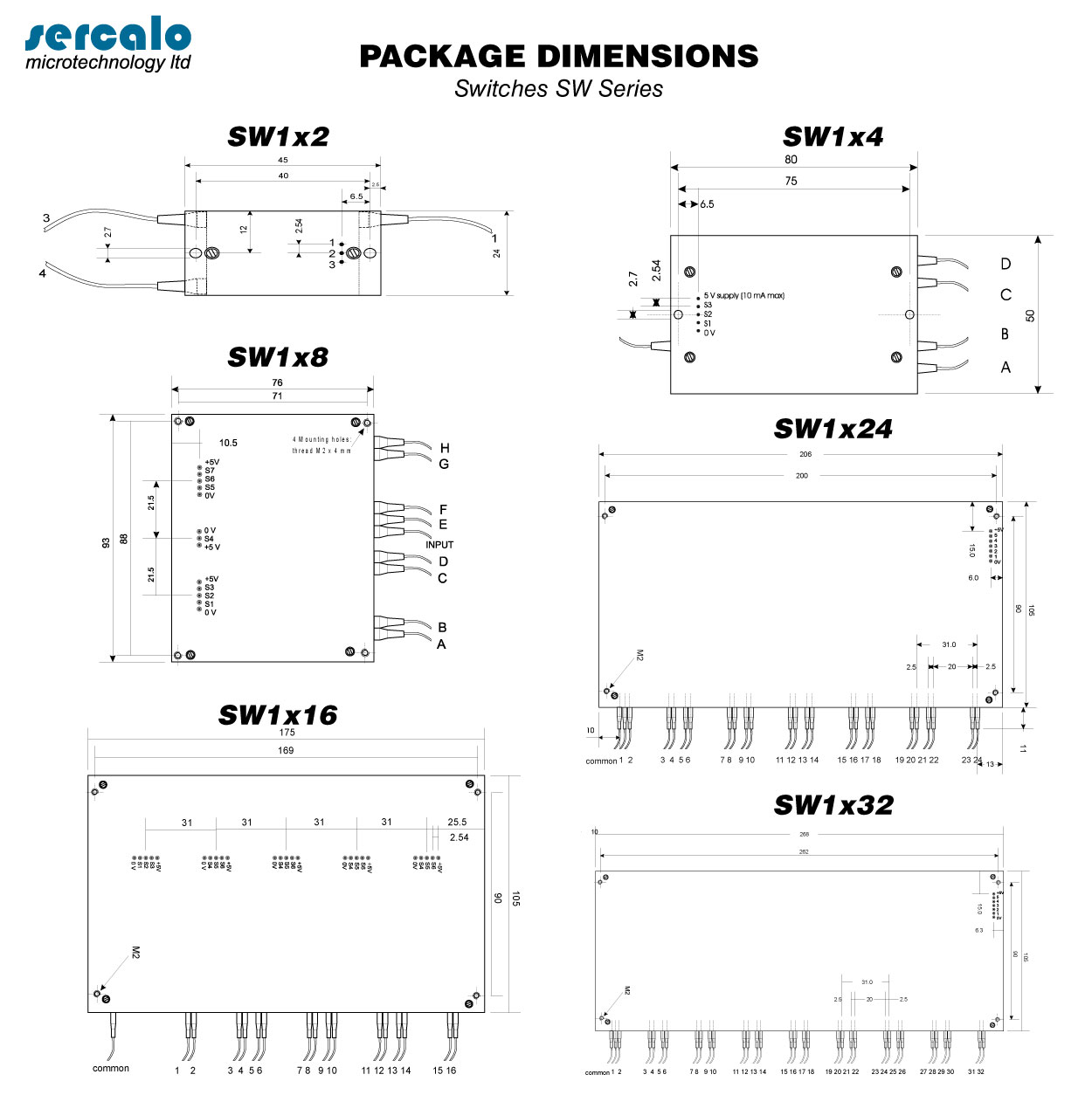 WHITE PAPERS
WHITE PAPERS
 2016 - Simultaneous blood flow and blood oxygenation measurements using a combination of diffuse speckle contrast analysis and near-infrared spectroscopy
2016 - Simultaneous blood flow and blood oxygenation measurements using a combination of diffuse speckle contrast analysis and near-infrared spectroscopy
 2014 - Towards telecommunication payloads with photonic technologies
2014 - Towards telecommunication payloads with photonic technologies
 2013 - Trimodal detection of early childhood caries using laser light scanning and fluorescence spectroscopy: clinical prototype
2013 - Trimodal detection of early childhood caries using laser light scanning and fluorescence spectroscopy: clinical prototype
 2013 - A fiber-optic system for dual-modality photoacoustic microscopy and confocal fluorescence microscopy using miniature components
2013 - A fiber-optic system for dual-modality photoacoustic microscopy and confocal fluorescence microscopy using miniature components
 2012 - Miniaturized all-optical photoacoustic microscopy based on microelectromechanical systems mirror scanning
2012 - Miniaturized all-optical photoacoustic microscopy based on microelectromechanical systems mirror scanning
 2011 - Effects of Radiation on MEMS
2011 - Effects of Radiation on MEMS
 2011 - Digital optical tomography system for dynamic breast imaging
2011 - Digital optical tomography system for dynamic breast imaging
 2006 - A flexible telecom satellite repeater based on microwave photonic technologies
2006 - A flexible telecom satellite repeater based on microwave photonic technologies




